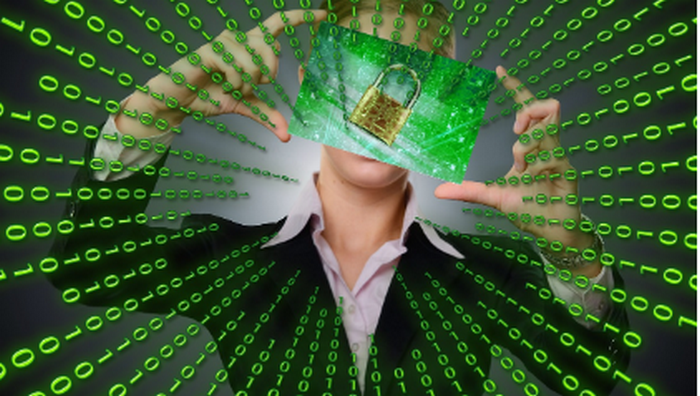
With the help of a variety of online services and fast access, CenturyLink Internet enables consumers to be productive, entertained, and connected. But given the state of the digital world today, you should prioritize cybersecurity and take preventative measures to safeguard your devices and personal data when utilizing CenturyLink Internet. We’ll go over some easy yet effective safety and security precautions in this tutorial for using CenturyLink Internet to stream media, browse the web, and use other online services.
1. Make sure your software is up to date.
Keeping your operating systems, online browsers, and antivirus software up to date is one of the most crucial things you can do to improve your cybersecurity. In addition to security patches and fixes for known vulnerabilities, software upgrades also help shield your devices from viruses, spyware, and other online dangers. To keep your software secure and up to date, turn on automatic updates whenever you can.
2. Make Use of Strong Passwords
For your CenturyLink Internet account and any other accounts you may have online, create strong, one-of-a-kind passwords. Don’t use passwords that are simple to figure out, like “password123” or words that are often used. Use a combination of letters, numbers, and special characters instead, and for extra security, think about creating a passphrase that consists of several sentences. Furthermore, avoid using the same password for many accounts to avoid unwanted access in the case of a security breech.
3. Activate 2FA, or two-factor authentication.
Your online accounts are further secured with two-factor authentication (2FA), which requires a second form of verification in addition to your password—a text message code or biometric scan. To lessen the possibility of unwanted access, even in the event that your password is compromised, turn on 2FA for your CenturyLink account as well as any other accounts that support it.
4. Protect Your Wireless Network
Make sure your wireless network is adequately secured to prevent unwanted access if you connect to CenturyLink Internet via a wireless router. Adhere to these recommended guidelines:
Replace the router’s default administrator password with a strong, one-of-a-kind password.
To encrypt data sent over your Wi-Fi network, use WPA2 encryption.
WPS (Wi-Fi Protected Setup) should be disabled to stop brute-force assaults.
Allow network name (SSID) broadcasting so that only authorized users can see your network.
Review linked devices on a regular basis, and remove access from any unknown devices.
Keep an Eye Out for Phishing Attempts
Watch out for phishing attempts, which are phony emails, texts, or websites that try to fool you into divulging private or sensitive information like credit card numbers, passwords, or personal information. Be cautious when opening attachments or visiting links from senders you don’t recognize, and confirm the authenticity of requests for personal data by getting in touch with the company via legitimate methods.
6. Install and Update Security Software Reputable antivirus and security software will shield your devices from malware, viruses, and other internet threats. Select a complete security suite with features like firewall protection, automatic updates, and real-time threat detection. To guarantee that your security software can accurately identify and counteract the most recent threats, keep it up to date.
7. Adopt Safe Online Behavior
To reduce the possibility of coming across dangerous websites or downloading hazardous content, adopt safe browsing practices. Observe these rules:
Go to just reliable websites; stay away from dubious links and pop-up advertisements.
When downloading software or files from the internet, exercise caution and make sure the source is reliable.
To stop malicious scripts from running on websites, use browser extensions that block ads and scripts.
To get rid of tracking information and reduce the chance that third-party advertisers will track you, periodically clear the cache and cookies in your browser.
8. Get Knowledgeable About Cybersecurity
By educating yourself through reliable sources like cybersecurity blogs, news websites, and online forums, you may stay informed about cybersecurity best practices and emerging risks. Learn about the common strategies employed by ransomware, phishing, and social engineering scammers, as well as how to identify and handle possible threats.
In summary
You can improve your cybersecurity and keep yourself safe when using CenturyLink Internet by paying attention to these easy pointers. With CenturyLink Internet, you can reduce the likelihood of being a victim of online threats and have a safer and more secure online experience by installing and updating security software, practicing safe browsing habits, using strong, one-of-a-kind passwords, enabling two-factor authentication, securing your Wi-Fi network, and being aware of phishing attempts. Keep in mind that maintaining cybersecurity requires constant attention, so be proactive and watchful in protecting your online reputation.
